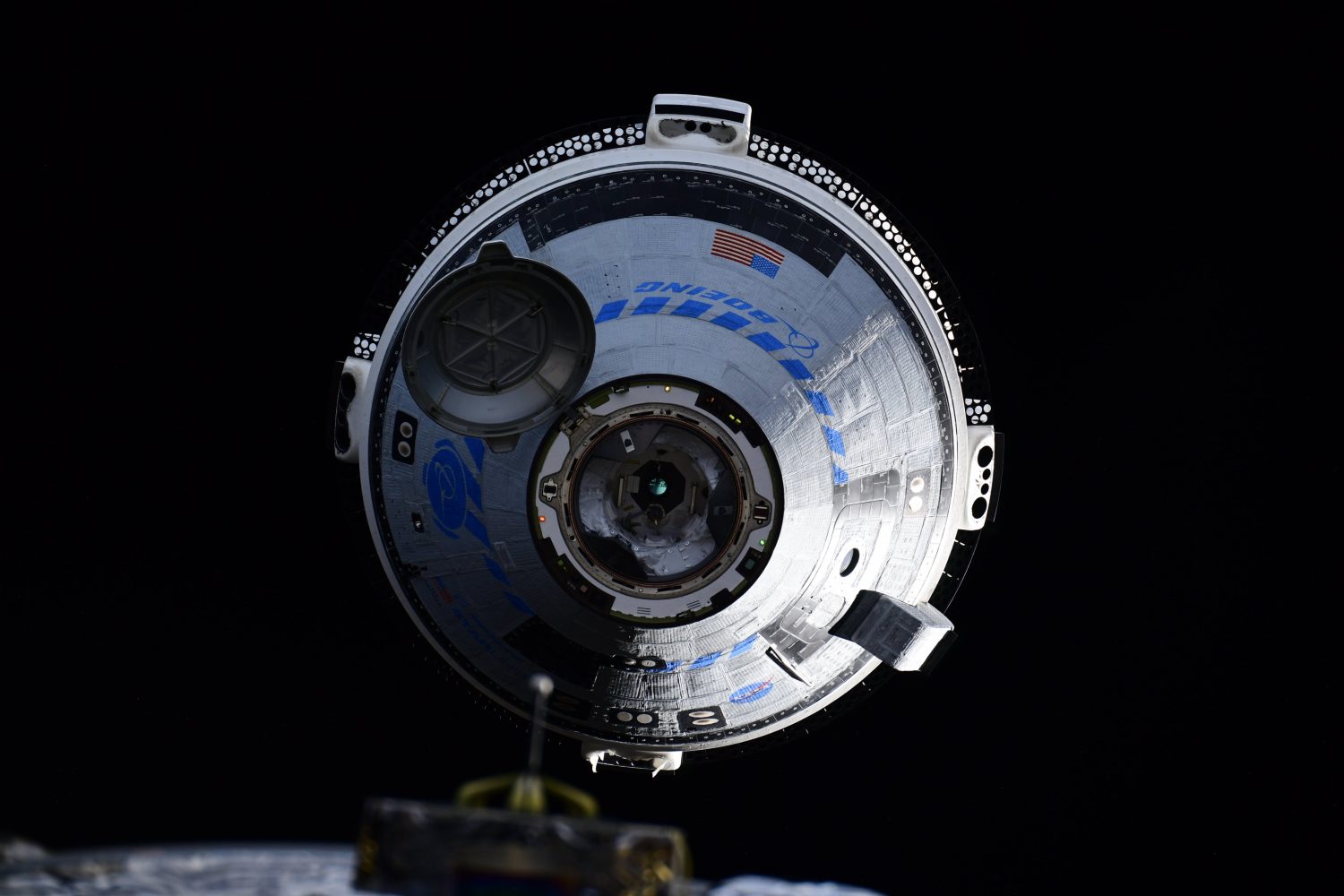
Over a 24 hour process, Boeing’s Starliner spacecraft inched their way to rendezvous with the International Space Station Thursday. In typical Starliner fashion, it wasn’t perfect, but the crew arrived to the station safe and are ready to get some work done.
NASA astronauts Butch Wilmore and Suni Williams are now official crew members of the ISS, making this the third time they’ve spent time on the orbital laboratory. The journey up was full of surprises but the two test pilots handled everything well and now will continue getting the station ready for future Starliner visits.
Two main issues showed up while Starliner was on its way to the station, all of them to NASA and Boeing seem minor and no cause of concern to crew’s safety.
First was the return of helium leaks. In total Starliner came up with four helium leaks from separate manifolds around the spacecraft. One leak was the same as what was witnessed on the ground and Boeing teams expected it.
Because of that, teams were able to plan ahead for how to deal with these leaks. They aren’t fixed, but controllers were able to shut off helium to them during portions of the flight to contain how much helium leaked. Mark Nappi, Boeing’s manager of the Commercial Crew Program, said they don’t have numbers yet but they will have well more than enough helium to continue the mission.
The second issue was a bit more dramatic as it showed up when Starliner was preparing to dock with the ISS. As Starliner was preparing for its rendezvous with the station, several of its thrusters began to “fail.”
Failing wouldn’t be the best way to describe it, it was more of a misalignment on the data coming back from the thrusters and how the software handled it. Explained in a post-docking news conference, the thrusters would be powered up for a test and they would operate slightly lower than the expected value. After five failed attempts, the Starliner’s computer would mark them as unusable.
As they do, flight controllers figured out what was going wrong, tested the thrusters individually, and marked them all as safe to use. According to NASA and Boeing, none of the thrusters weren’t performing below the thrust levels they were rated for, but something with them and the software weren’t getting along.
While it was a rocky road to get up to the station, nothing NASA has seen so far has any cause for concern to both crew safety or a need to redo the mission. Boeing plans to figure out these issues once and for all before Starliner-1 lifts off.
This is a big moment for NASA’s Commercial Crew Program as they can finally say they have developed two systems to successfully ferry crew to the ISS. Now Starliner might need some work to become a commercial success (if that will even be something Boeing pursues) but NASA is getting what they want out of the program.
FTC: We use income earning auto affiliate links. More.




Comments